Amberwood Doors is committed to building solid wood architectural products. Our focus from the beginning has been to use sustainable, renewable woods. Although most of the wood type we source are shown below, Amberwood will build products in a variety of other species not listed here provided the lumber is FSC Certified.
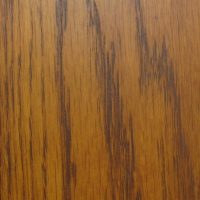 Flat Sawn White Oak
Flat Sawn White Oak
The heartwood is a light to medium brown, commonly with an olive appearance. Almost white to light brown sapwood is not always distinguishable from the heartwood.
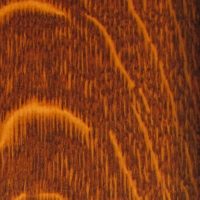 Quarter Sawn White Oak
Quarter Sawn White Oak
Quarter Sawn sections display prominent ray fleck patterns. The Heartwood is a light to medium brown, commonly with an olive cast. Almost white to light brown Sapwood is not always sharply distinguishable from the Heartwood.
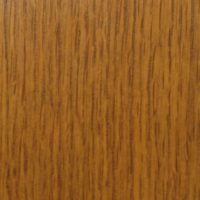 Rift Sawn White Oak
Rift Sawn White Oak
Rift Sawn sections tend to have straighter and tighter grain appearance and smaller less prominent ray fleck patterns. The heartwood is a light to medium brown, commonly with an olive cast. Almost white to light brown sapwood is not always sharply distinguishable from the heartwood.
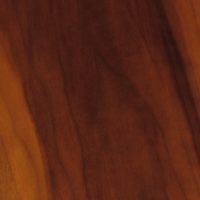 American Walnut
American Walnut
The heartwood can move from a lighter pale brown to a dark chocolate brown with darker brown streaks. Color can have a grey, purple, or reddish look. The sapwood is pale yellow-gray to nearly white. Figured grain patterns such as curl, crotch, and burl are also seen.
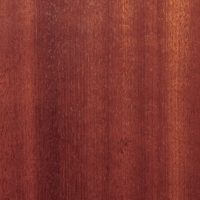 Sapele (also known worldwide as “Sapele Mahogany”)
Sapele (also known worldwide as “Sapele Mahogany”)
Sapele can be a golden to dark reddish brown. Color will darken with age. In addition to the common ribbon pattern seen on quarter sawn boards, Sapele is also known for a wide variety of other figured grain patterns. Most commonly used as a close substitute for Genuine Mahogany.
 Alder
Alder
Alder tends to be a light tan to reddish brown, color darkens and reddens with age. There is no visible distinction between heartwood and sapwood. The overall grain pattern and appearance is similar to Birch. Alder is quiet often used to create “The South West Look” a slightly weathered tanned appearance on windows and doors, as well interior furniture.
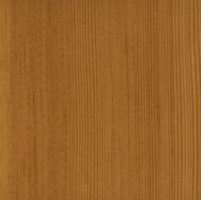 Douglas Fir
Douglas Fir
Douglas Fir Can vary in color based upon age and location of tree. Mostly a light brown color with a hint of red and/or yellow, with darker growth rings. In quarter sawn pieces, the grain is typically straight and plain, quiet stunning in appearance. In flat sawn pieces, the wood can exhibit wild grain patterns similar to a sheet of plywood.
Glossary of Terms
Flat Sawn
When the annular tree rings are generally at 30 degrees or less to the face of the board this is refereed to as Flat Sawn. The resulting wood displays a cathedral pattern on the face of the board.
Quarter Sawn
Quarter Sawn lumber is defined as wood where the annular growth rings intersect the face of the board at a 60 to 90 degree angle. When cutting this lumber at the sawmill, each log is sawed at a radial angle into four quarters, hence the name. Natural flecking is also present in red oak and white oak.
Rift Sawn
In Rift Sawn lumber the annual growth rings are typically between 30-60 degrees, with 45 degrees being optimum. This method produces the most waste, increasing the cost of this lumber. Rift Sawn lumber is very dimensionally stable and has a unique linear appearance.
Heartwood
The hard dense inner section of a tree trunk, yielding the hardest lumber.
Sapwood
The softer outer layers of more recently formed wood between the heartwood and the bark.
 Amberwood Doors is very proud to be partnered with Habitat for humanity, donating all usable off cuts to their ReVive Center where they create beautiful wood products such as, tables. Chairs, benches and the list goes on……. Check them out at https://habitathm.ca/revive-centre/
Amberwood Doors is very proud to be partnered with Habitat for humanity, donating all usable off cuts to their ReVive Center where they create beautiful wood products such as, tables. Chairs, benches and the list goes on……. Check them out at https://habitathm.ca/revive-centre/


